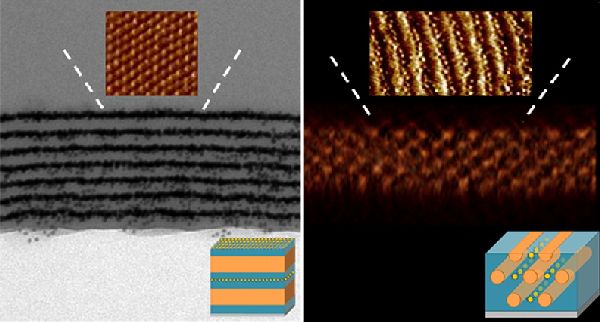The diverse possibilities to use nanoparticles in fields like computer memory storage, energy harvesting, remote sensing, catalysis, etc. is encouraging researchers to invest both time and money in decoding its complexities. In one such endeavor, scientists are trying to direct self assembly nanoparticles and blend them with block copolymer supramolecules to produce multi layer thin films from order one, two and three dimensional arrays of gold nanoparticles.

Nanoparticles are artificial atoms that have unique optical, mechanical and electrical properties and if they can be made to assemble themselves into complex structures just the way proteins would coax themselves; only then will their large scale application in microtechnologies become a reality.
Scientists from Lawrence Berkeley National Laboratory and the University of California Berkeley had conducted a study last year; where they had induced rod shaped semiconductor nanocrystals that were directed to self assemble into one, two and three dimensional macroscopic structures. And, now the same team conducted experiments with thin films to produce improved results.
To further elaborate what this team has done, let us throw more light on the concept of block copolymers. It is these block copolymer supramolecules that help in self directing the nanoparticles. These supramolecules is a single entity with many molecules. The block copolymers conjoin together in a sequence of blocks to get into the self assembly mode and finally into a nano sized structure.
Particularly, for this study gold nanoparticles were incorporated into block copolymer supramolecule films with a thickness of 100 to 200 nanometers. When nanoparticles are incorporated, the block copolymer supramolecules undergo conformational changes and the entropy determines the overall morphology of thin films. These films demonstrated strong plasmonic coupling and therefore to be used for investigated for next generation electronic devices.
Via: Newscenter




